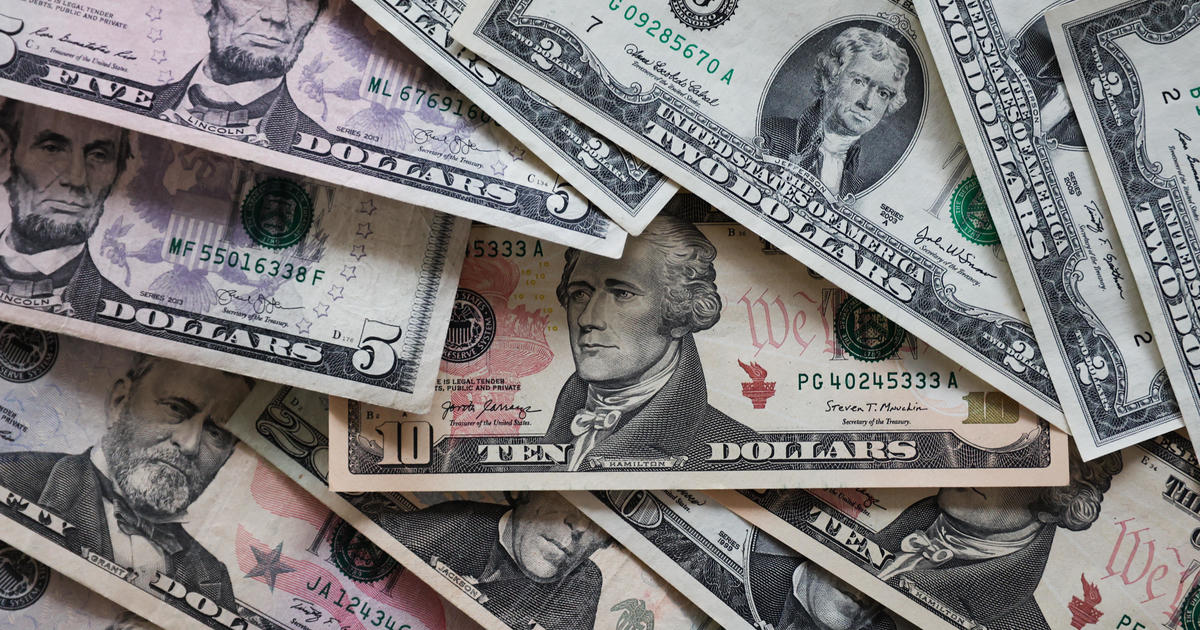StarDate 8/13/2014: Scanning The 'Barcode' Of The Sun
FROM THE UNIVERSITY OF TEXAS McDONALD OBSERVATORY, AS HEARD ON KCBS RADIO WEEKDAYS @ 9:52 A.M., 7:35 P.M. & 2:52 A.M.
STARDATE 8/13/2014: Until the middle of the 19th century, the stars were little more than mysterious points of light. Astronomers could plot a star's position in the sky, or record changes in its brightness, but that was about all. They couldn't learn what the stars are made of, what makes them shine, or anything else.
One of the people who changed that was Anders Angstrom, a Swedish scientist who was born 200 years ago today.
Angstrom spent almost his entire career at the University of Uppsala. He developed interests in Earth's magnetic field, and in the emerging science of spectroscopy, which splits a star's light into its individual wavelengths or colors. Each chemical element imprints a unique "barcode" into a star's spectrum, making it possible to determine which elements are present in the star.
Angstrom helped develop the theory behind spectroscopy, and he became one of its first practitioners. In 1862, he announced that he'd discovered hydrogen in the spectrum of the Sun — its first detection in any star, but not the last, since hydrogen makes up the bulk of almost all stars. Angstrom soon discovered many other elements in the Sun, and he published a complete solar spectrum in 1868.
In fact, he measured wavelengths in the spectrum that were just one ten-billionths of a meter wide. There was no name for that unit of measurement until 1905, when his fellow scientists named it the Angstrom — honoring the man who pioneered a new way to study the stars.



